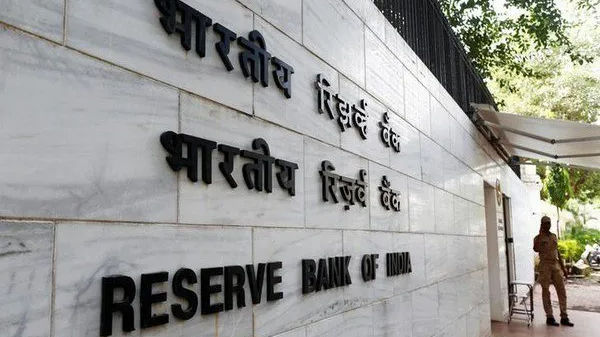The Reserve Bank of India (RBI) Governor Shaktikanta Das on Friday announced that the Monetary Policy Committee voted to hike the benchmark interest rate by 50 basis points (bps) to 5.9% with immediate effect.
The Standing Deposit Facility (SDF) rate is adjusted to 5.55%. The Marginal Standing Facility (MSF) and bank rate are revised at 5.9%.
The RBI had raised the policy repo rate by 50 basis points, during its August MPC meeting. Previously, the Monetary Policy Committee (MPC) convened its first meeting for the fiscal year 2022-23 in April 2022 and kept the policy repo rate at 4%.
Also Read | Why interest rates are being hiked globally?
However, in May 2022, the RBI surprised market participants by raising the policy rate from 4% to 4.4% after announcing a 0.4% hike. In June, the central bank announced a 50 bps hike, raising the repo rate to 5.40%.
When the repo rate rises, the cost of financing for banks rises. This is due to the repo rate, which is the interest rate at which banks borrow money from the RBI. As a result, once the RBI raises the repo rate, the borrowing costs for retail and other borrowers rise.
Also Read | Real GDP growth projection for FY23 retained at 7.2%: RBI governor
Many banks have already raised their lending rates, both for new and current customers, since the previous hike in May. Many NBFCs and housing financing providers have also raised their lending rates.
Also Read | RBI monetary policy committee meet: Key highlights
The RBI repo rate rise has an immediate impact on retail loans like home loans, which are tied to the bank’s external benchmark. Because most banks have tied their lending rates to the RBI repo rate, the impact on borrowers is immediate.
When the repo rate rises, so do the bank’s repo rate linked lending rate (RLLR). This indicates that the borrower’s home loan interest rate will rise. In fact, banks usually raise the loan duration rather than increase the EMI.
Also Read | Explained: Impact of RBI’s repo rate hike on deposits, loans
In contrast, MCLR loan customers may not notice the immediate impact of a repo rate increase. Even if the increase in the RBI repo rate raises the cost of funds for banks, they may only adjust the EMI or Tenure when the re-set date occurs. The re-set date of MCLR linked loans is typically 12 months, while some banks may set it at 6-month intervals.
Also Read | Rupee, treasury yields rise after RBI raises key policy rate by 50 bps
In general, the interest rate on a flexible home loan will fluctuate. The only approach to reduce home loan EMI or interest load is to keep repaying the outstanding loan amount.







